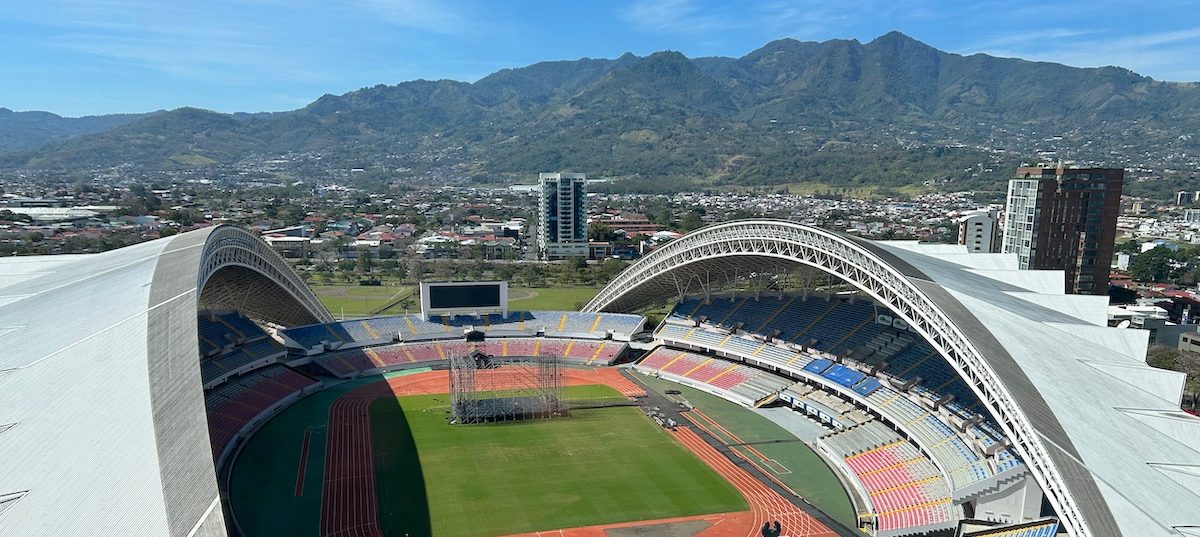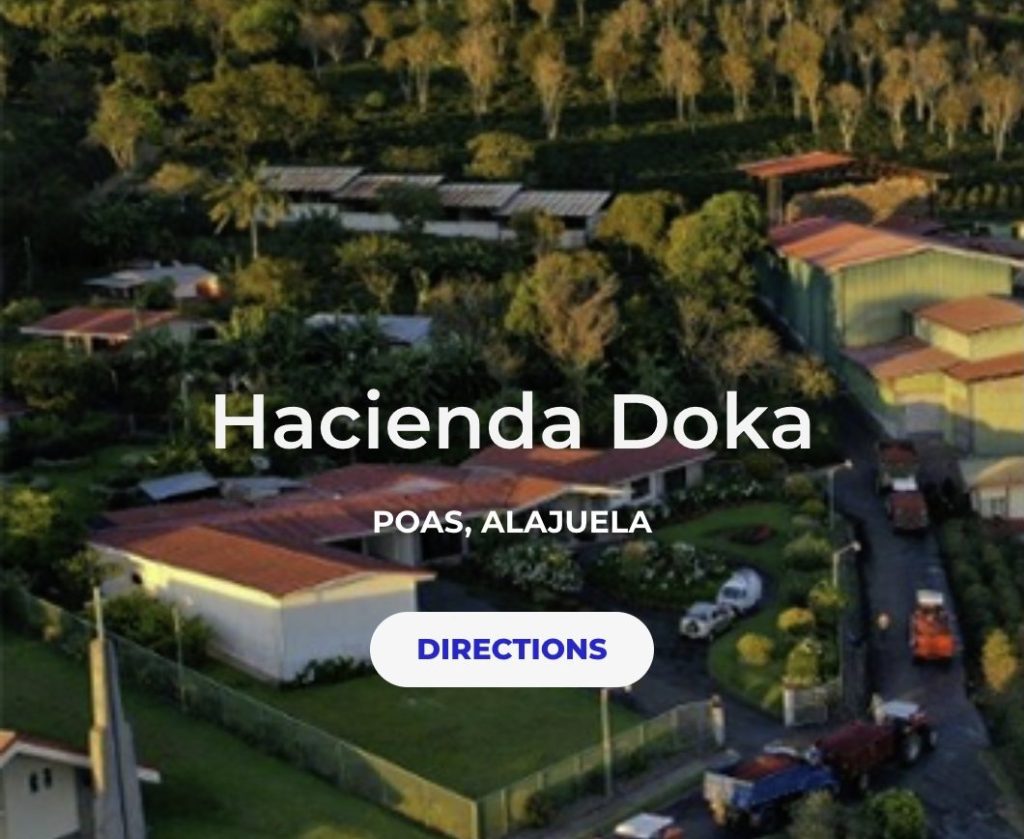2024 OCR WORLD CHAMPIONSHIPS
22-25 AUGUST 2024
Click here for Registration details
The World Obstacle UIPM 2024 OCR World Championships, including Adaptive OCR World Championship categories, are the official championships of the national federation members of World Obstacle, representing athletes from over 140 countries.
Click here for Hotel Information & Booking
General questions? email [email protected]
National Federations questions? email [email protected]
Need a laser pistol for training? Details here
View the 2023 World Championship results and videos here
Venues
The venue for the 100m, short course, team race, opening and closing ceremonies is the Estadio Nacional de Costa Rica in the capital, San Jose.
The OCR 100m

The OCR 100m is an international standard course recognized by Guinness with established World Records. The course was developed as a standard in 2018 and included in the 2019 and 2023 Southeast Asia Games, a multisport Games recognized by the International Olympic Committee. Details for setting records and specifications for the OCR 100m Standard Course can be downloaded at the bottom of the world records page.
San Jose and Doka Estate, Costa Rica
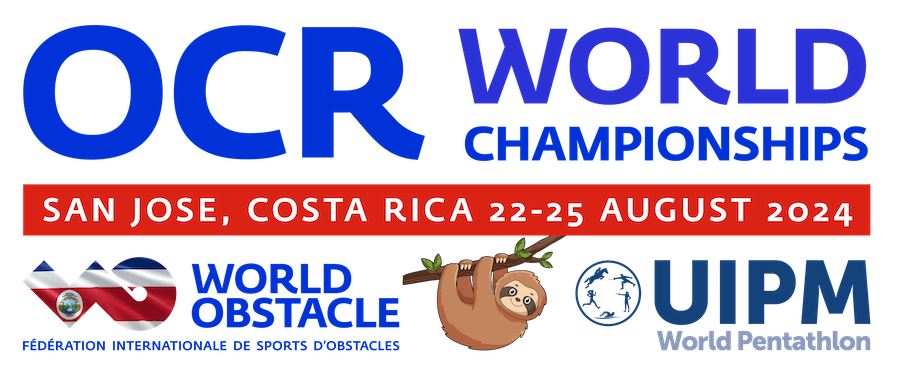
Click here for the event website
Preliminary Schedule – subject to change
Wednesday 21/8 – National Stadium
Arrivals, packet pick up, 100m practice, short course viewing
Thursday 22/8 – National Stadium
Packet pick up, opening ceremonies, 100m qualifiers, technical briefing
Friday 23/8 – National Stadium
Short Course, awards ceremony, 100m qualifiers, technical briefing
Saturday 24/8 – Doka Estate
Standard Course, awards ceremony, technical briefing
Sunday 25/8 – National Stadium
Team Race, Open Event
100m semifinals & finals, awards ceremony, closing ceremonies, concert

Race Formats
International standard 100 m sprint (12 obstacles), short course stadium, standard course cross country, team race, open.
Event Hosts
The 2024 OCRWCH are being hosted by Costa Rica Obstacle Sports in collaboration with Grupo Publicitario, Costa Rica Tourism Board, Essential Costa Rica, Costa Rica Ministry of Sports and Spartan.
Eligibility to Compete in FISO World Championships
The World Obstacle National Federation eligibility guideline specifies that for a competitor to represent their country in competitive categories of federation championships (national, continental, and international), they must be in good standing with their national federation per the World Obstacle Competition Rules. The nationality of a competitor is guided by the Olympic Charter Rule 4. Member federations of World Obstacle decide on the qualification criteria and national team size for the OCRWCH.
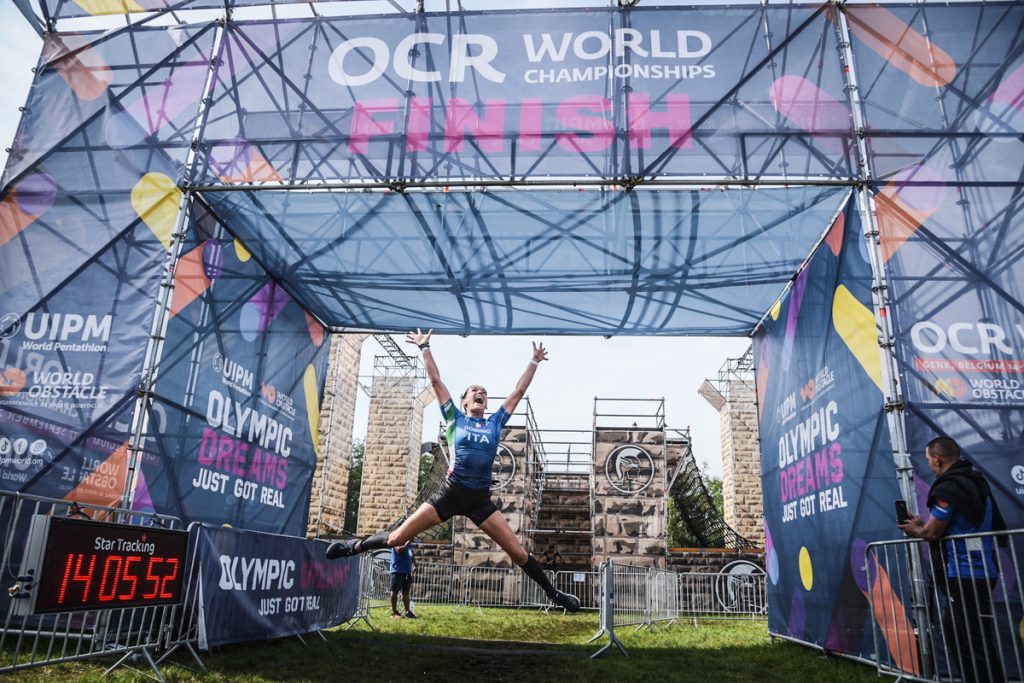
Competition Rules
Competition Rules are specific to each event. Rules for competitive categories allow only one attempt for hanging obstacle. The races and competition rules are formatted to facilitate fairness, event flow, judging and eliminate back-ups at obstacles. A high level of obstacle proficiency is required and courses and are designed for completion by world level athletes in all categories.
Results will be provided for all age categories in all events. National, Continental and World Records can be set in all age groups for the 100m. Absolute World Records (better than 25.092 seconds for men and 32.732 seconds for women) may qualify for the Guinness Book of World Records.
EVENT & CATEGORY DETAILS
EVENT FORMATS AND COMPETITION CATEGORIES
EVENTS
100M – SPRINT
The Sprint Course is 12 standardized obstacles evenly spaced along a 2-lane 100m linear (straight line) course. Watch the following videos to see a demonstration, race in slow motion, women’s world record run and men’s world record run. Categories are for men and women in all age groups. Each country can nominate up to three athlete in Youth, Junior, Masters, Para and Senior/Elite: 15 men, and 15 women. Minimum age to compete is 10 years old on race day.
SHORT COURSE
The Short Course is a 3 km (+/-) stadium and cross country style race with 20+/- obstacles. The race format and obstacles are similar to OCRWCH 2023 and OCREC 2023. Categories are for men and women in all age groups. Minimum age to compete is 10 years old on race day. Minimum age to compete is 10 years old on race day.
STANDARD COURSE
The Standard Course is a 15 km (+/-) cross country style race with up to 50 obstacles. The race format and obstacles are similar to the short course at the OOCRWCH 2023 and OCREC 2023. Categories are for men and women in Elite, Para, Junior, Senior, and Masters to the oldest competitor. Minimum age to compete is 16 per the age definition below. FISO approval may be given for athletes born in 2007 who are 15 years old on race day (turn 16 on or before December 31, 2024) if parental consent and a request is provided.
NATIONAL TEAM RACE
The National Team Race is on the 3 km (+/-) Course for teams of three athletes. Athletes on a team must stay together and may assist each other through obstacles. Some obstacles require teammates to work together to overcome the obstacle. The race format and obstacles are similar to the team race at the OCRWCH 2023. Each National Federation can only nominate one team per category in Elite (at least one woman or at least one man), Women, Men, and Adaptive (at least one Adaptive athlete of either gender). Minimum age to compete is 10 years old on race day.
OPEN
The Open is an 5 km (+/-) cross country style “obstacle fun run” with approximately 20 obstacles selected from the standard courses. This event is for people to experience World Championship obstacles and requires no qualification or national federation affiliation. Complete the obstacles you want! The 5K Open is not subject to international competition rules. Finisher medals and shirts are not included in the 5K Open.
COMPETITION CATEGORIES
Youth
Athletes on a national team qualified by their national federation in the following age categories: 10/11, 12/13, 14/15
Junior
Athletes on a national team qualified by their national federation in the following age categories: 16/17, 18/19
Senior
Athletes on a national team qualified by their national federation in the following age groups: 20-24, 25-29, 30-34, 35-39
Masters
Athletes on a national team qualified by their national federation in the following age groups: 40-44, 45-49, 50-54, 55-59
Veterans
Athletes on a national team qualified by their national federation in the following age groups: 60/61, 62/63, etc. to the oldest athlete.
Elite
Elite athletes on a national team qualified by their national federation. Elite athletes must be the minimum age allowed for each event, for example minimum age for the 15K is 16 years old and minimum age for the 100m is 10 years old.
ADAPTIVE
National Federations decide on the qualification criteria for their adaptive athletes and can opt for a qualification-based system or direct selection. Adaptive Athletes race in Adaptive categories, not age categories. Adaptive athletes must follow these steps to register:
- Check here if the type of physical impairment of your Athletes qualifies them to apply for registration.
- Fill in the Medical Diagnostic Form for Athletes with Physical Impairment and email to [email protected]. The Medical Commission confirm the Adaptive Class ( PO1-PO5) of the Athlete.
- Register here for a race(s)
Open (Journeyman)
Open (non-competitive) waves are provided for the 3K and 15K (no qualification required). Obstacles are not mandatory for open categories and no times or results will be recorded.
Age Definition
Age group category for Youth and Veteran athletes is the age of the athlete on race day. Age group category for Junior, Senior and Masters athletes is the age you are on December 31st, 2024 (the age you turn this year). An athlete who is 15 years old on race day but turns 16 on or before December 31, 2024 will race in the Youth 14/15 category. An athlete who is 59 years old on race day but turns 60 on or before December 31, 2024 will race in the Veterans category. Under Costa Rican law, athletes who turn 16 in 2024 may compete in the Standard Distance race. Athletes who are 15 years old on race day and turn 16 in 2024 may be allowed to compete in the standard distance race provided they have parental and national federation consent.
FAQ
Frequently Asked Questions
Do I have to qualify to register?
You must be qualified by a national member federation of FISO to compete in a competitive category. Qualification is not required for Open categories, also known as Journeyman, but you must be a member of a national member federation. If you do not have a national federation or association in your country, please send an email to [email protected]
What is the minimum age for registration?
100m: 10 years old on race day
Short Course: 10 years old on race day
Standard Distance: 16 years old on race day, see Event & Category Details
Do I need a medical certificate to compete?
Yes. The medical safety of all participants is of paramount importance, and a signed doctors certificate will help us keep you safe in the event of a medical incident. If you are unable to provide a doctors certificate that you are in good health, we will accept a signed, witnessed Event Medical History Form, available here. Acceptable medical certificates include an annual physical, or doctor’s letter that includes a medical history. The Event Medical History Form can be used as an example. We are also working on a free medical check during packet pick up if you are unable to provide a certificate.
Will I need to sign a waiver and release of liability?
Yes. This form is provided when you register and must be signed by you if you are over 18 years old, or signed by your parent, or guardian if you are under 18 years old.
Is my registration automatically confirmed when I sign up online?
No, your registration will be confirmed by the event registrations team. You will receive an email with the final confirmation after the payment, waiver, the medical form, are confirmed.
What documents are required at packet pickup?
- Photo identification such as passport or driver’s license
- The printed or digital registration confirmation
What are the registration prices?
Prices in $US.
100m: $54 (practice day and two qualification runs)
Short Course: $100
Standard Course: $164
Team: $70 per person ($210 per team)
Open categories in short and standard distances (no national team requirement). There is no open category for 100m.
Is my registration refundable or transferable?
Registrations cannot be deferred to another event and are non-refundable. The registration can only be transferred to another competitor in the same category.
Only the previously registered competitors can initiate the transfer. The replacement athlete must meet the same conditions as the previously registered competitor (e.g. if qualification is required, only a qualified racer can be the competitor receiving the entry). Registrations that cannot be validated (e.g. the athlete does not hold a valid qualification for the category in which he was transferred into) will be moved automatically into the Open Category.
The transfer fee is $20.
Safeguarding
World Obstacle subscribes to Safe Sport Codes developed for athletes by national and international organizations. We are developing a culture of zero tolerance of sexual abuse and harassment in obstacle sports under the guidance of the World Obstacle Safe Sport Committee. You can download the Safe Sports Guide here.
What is an adaptive athlete?
An adaptive athlete, formally known as a Para athlete under International Paralympic (IPC) rules, that has a disability or impairment that makes them eligible to compete in Para sport. Eligibility for adaptive athlete categories requires an athlete to have an underlying medical diagnosis (health condition) that results in a permanent and eligible impairment.
Understanding adaptive categories
PO1:
Athletes in this class use a wheelchair and are able to self-propell in areas of flat or even terrain. This class includes athletes with, but not limited to impairments of muscle power, range of movement, limb deficiency such as unilateral or double leg amputation, spinal cord injuries resulting in paraplegia or tetraplegia.
PO2-1:
Athletes in this class have a significant limitation within the obstacle elements of racing. They have a severe degree of activity limitation such as, but not limited to: complete loss of range of motion, power or proprioception in one arm, through-the-shoulder amputation, severe cerebral palsy or a severe neurological impairment affecting mostly the upper body. Athletes in this group are unable to use their upper limb to grip under the armpit.
PO2-2:
Athletes in this class have a significant limitation with the running elements of racing. They have a severe degree of activity limitation such as; complete loss of motion, power or proprioception in one leg, short stature or a severe neurological impairment affecting mostly the lower body. Athletes in this class may choose to use mobility devices to race such as walking stick(s) or crutches.
PO3:
This class includes athletes with a moderate degree of activity limitation in their lower limb(s) such as athletes with, but not limited to; lower limb amputation, moderate neurological impairments affecting the lower body or a loss of range of motion or power in the ankle or knee joint.
PO4:
This class includes athletes with a moderate degree of activity limitation in their upper limb(s) such as athletes with, but not limited to; upper limb amputation where the athlete is able to grip under the armpit, moderate neurological impairments affecting the upper body or a loss of range of motion or power in the wrist or elbow joint.
PO5:
Athletes in this class have a visual impairment.
Condensed Adaptive Classes:
In events with a limited number of athletes, three classes may be used: PO1, PO2-4 and PO5. These classes represent non-ambulatory, ambulatory and vision impaired athletes respectively with non-distinction between PO2, PO3 and PO4. Alternatively PO2-1 and PO2-2 classes may be combined.
What adaptive classes are included in the 2024 OCRWCH?
Adaptive classes will be specified when all entries have been received. Complete the adaptive athlete medical diagnostic form for classification and send to the FISO Adaptive Athlete Committee for verification.
Uniform Rules
Uniform rules apply to all races and categories except the Open categories. National teams are required to wear national team uniforms. If they do not have one for financial or practical reasons, they may get a warning. This is a competition rule, just like any other rule. A national / country shirt not meeting the uniform guidelines may be accepted under extraordinary circumstances and upon approval from the event committee. Athlete will not be allowed on the podium without a national team uniform. They cannot wear club or sponsor uniforms, and lflags, advertising or displays of any kind are prohibited. Athletes who don’t own a national team uniform must borrow one to be allowed on the stage.
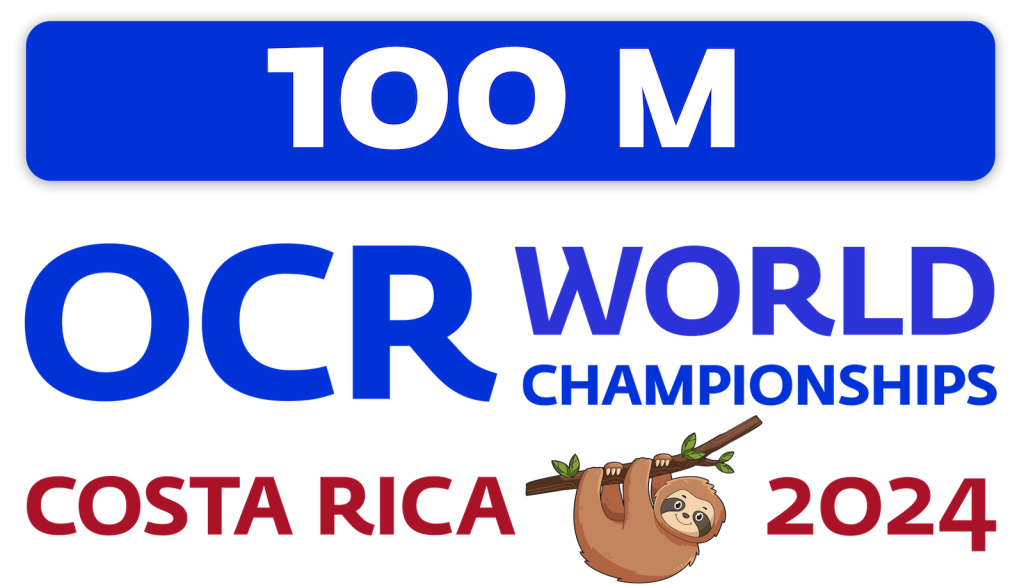
NATIONAL STADIUM, AUGUST 22-25
100m | 12 Obstacles | Individual
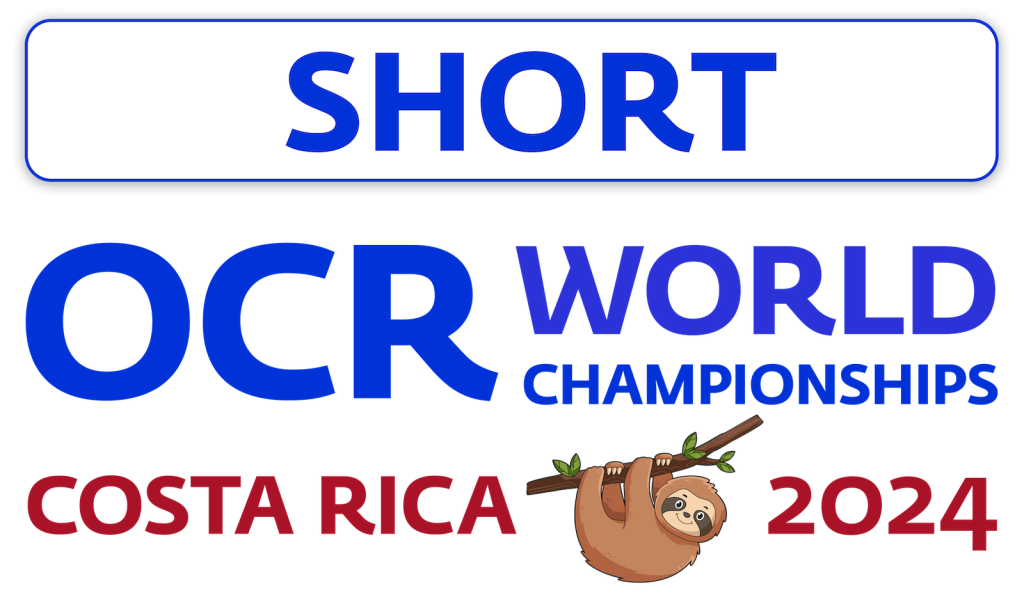
NATIONAL STADIUM, AUGUST 23
3 km +/- | 20 Obstacles +/- | Individual
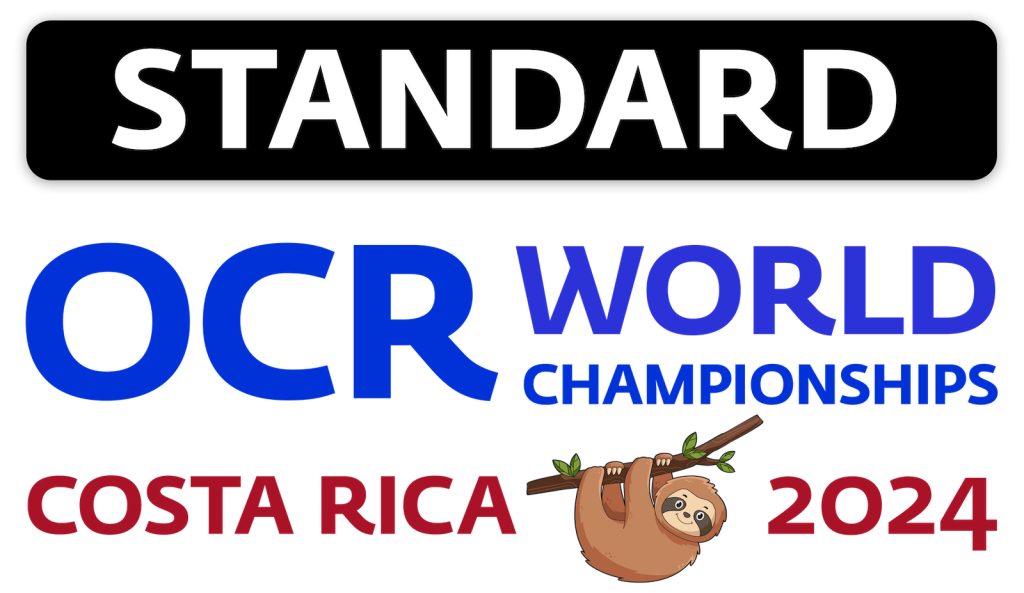
DOKA ESTATE, AUGUST 24
15 km +/- | 40 Obstacles +/- | Individual
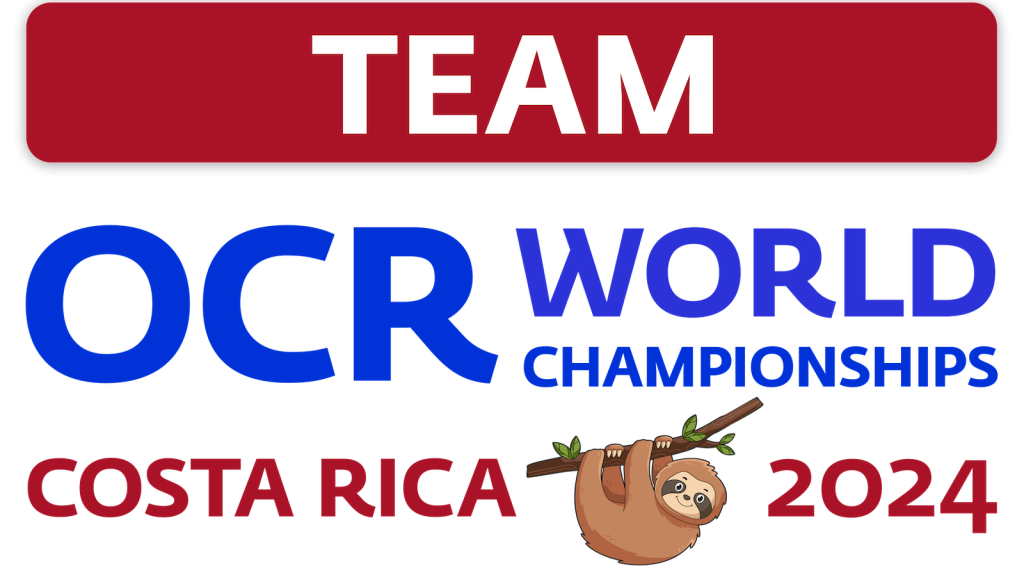
NATIONAL STADIUM, AUGUST 25
5 km +/- | 20 Obstacles +/- | Mixed Team Assist

AUGUST 22-25
100m | Short | Standard | Team
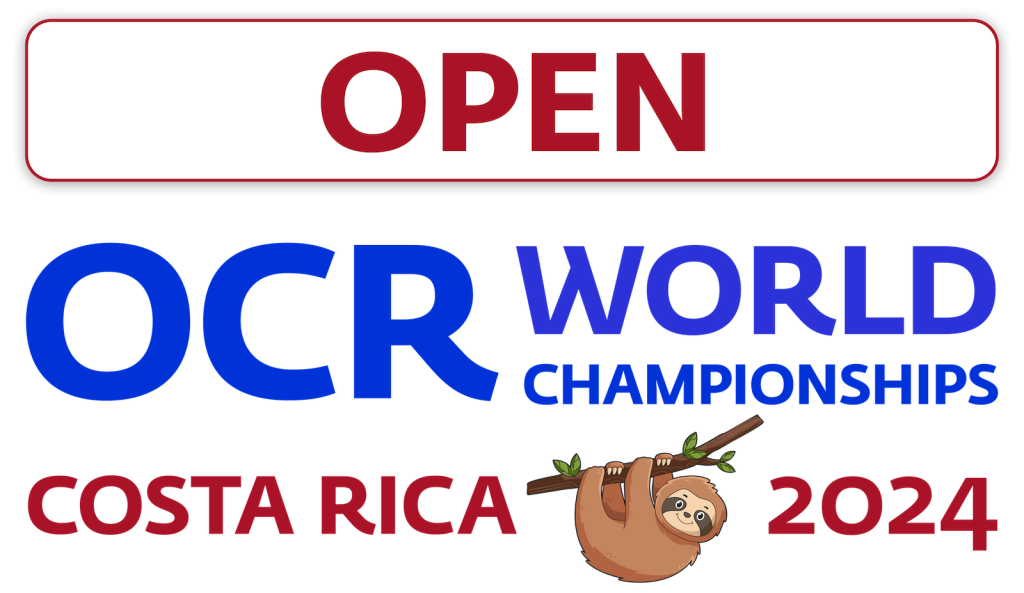
NATIONAL STADIUM, AUGUST 25
5 km +/- | 20 Obstacles +/- | Fun Run
2023 Day 1 Highlights
2023 Day 3 Highlights
2023 Standard Course – Geo Leven
2023 Day 2 Highlights
2023 Short Course Obstacles – Lluis Barbe
2023 Short Course 10-11 age group
Downloads



